When we asked Nilox to send us their X7 we were in the full reopening phase from Lockdown with the desire to have a vehicle for both small local trips (we live in a large country comparable to the outskirts of a medium city) and a two-wheeler. for light sporting activities, more simply, cycle tourism, in a landscape between Marche and Romagna that alternates between wide valleys, rolling hills, and various challenging climbs that are difficult to tackle, at least for the writer, without the assistance of an electric motor. In short
The X7 seemed to fit perfectly with this type of request: aluminum frame light enough, city bike look with the necessary protection not to get dirty on the way to work but also a sporty handlebar setting and a 21-speed gearbox capable of functioning. at its best even without pedal assistance.
The bike arrived “beached” on a paddle with some very small scratches resulting from some previous tests and it was a faithful companion for about 3 months of testing.
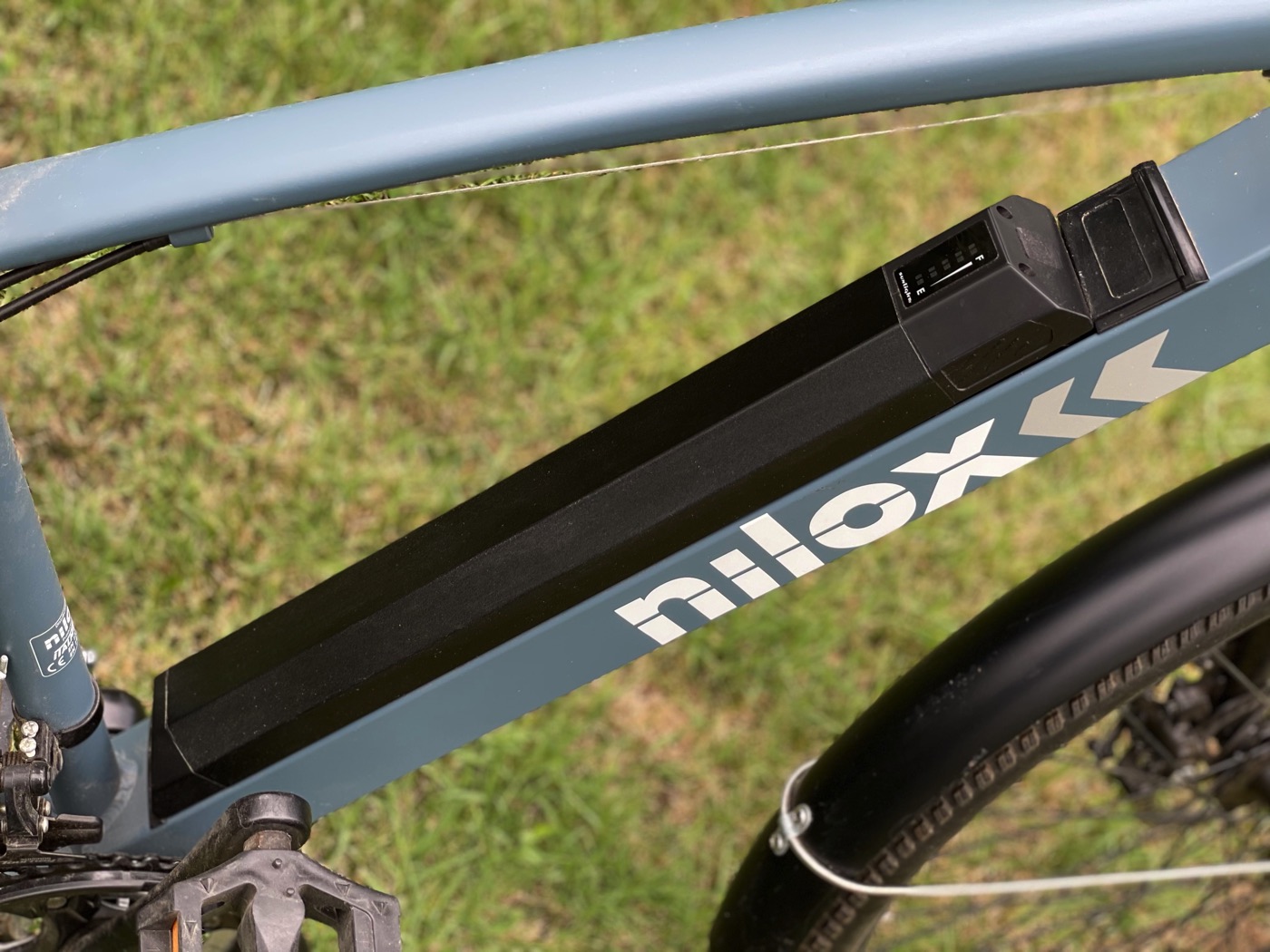
The first thing that catches the eye is the large battery which, however, unlike other models does not involve the presence of a huge “hump”, even if the shape is square (and prevents the installation of a bottle cage). it integrates enough into the frame and is also removable and thanks to the LG cells, at 36 V – 8 Ah it offers about 45 km of autonomy in ideal conditions. Compared to the more urban models, the wide semi-knobby 27.5 “x 2.10” tires immediately stand out, providing greater traction even on uneven ground and the front suspension forks that allow a comfortable ride both on rough city roads (with the infamous holes) and trails. unpaved countryside.
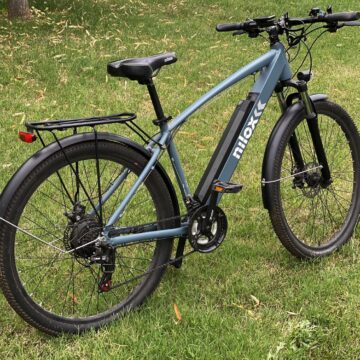 The look? A mix of urban and sporty
The look? A mix of urban and sporty
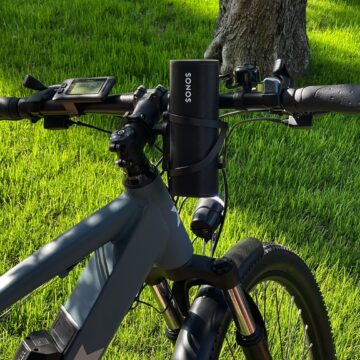 We used a handlebar bottle cage to listen to Sonos Roam
We used a handlebar bottle cage to listen to Sonos Roam
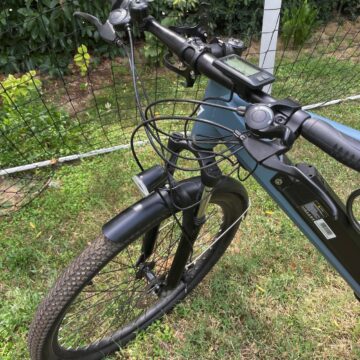 The forks help a lot on the bumpy
The forks help a lot on the bumpy
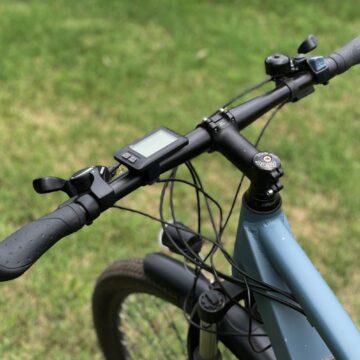 Straight handlebar
Straight handlebar
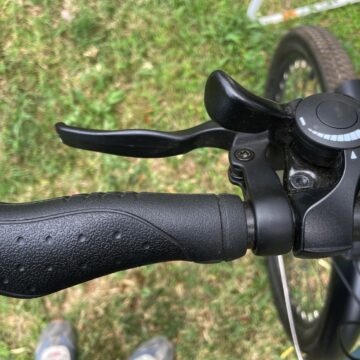 Continuous reports on the crown
Continuous reports on the crown
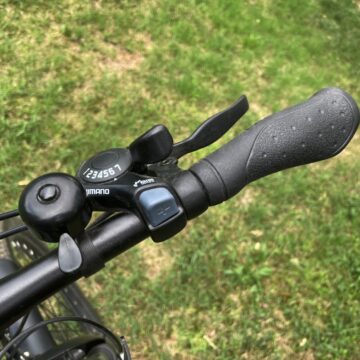 And snap-on for a total of 21 positions
And snap-on for a total of 21 positions
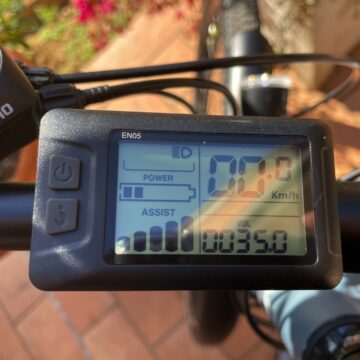 The panel for ignition assistance and its adjustment
The panel for ignition assistance and its adjustment
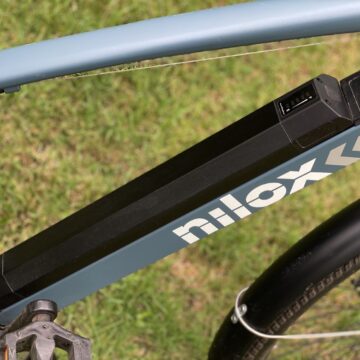 The removable battery
The removable battery
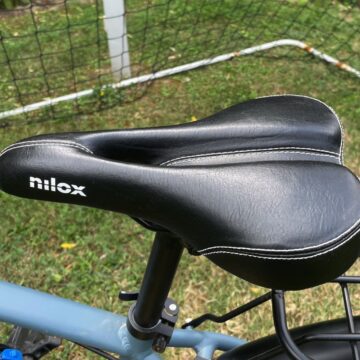 The seat (very comfortable)
The seat (very comfortable)
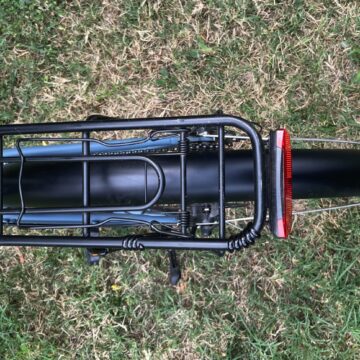 The city and bicycle touring luggage rack
The city and bicycle touring luggage rack
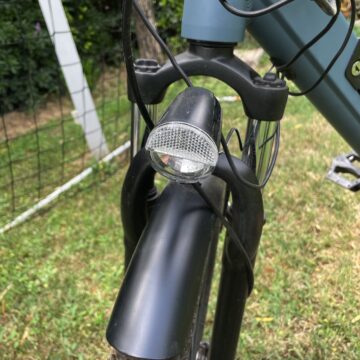 The front led
The front led
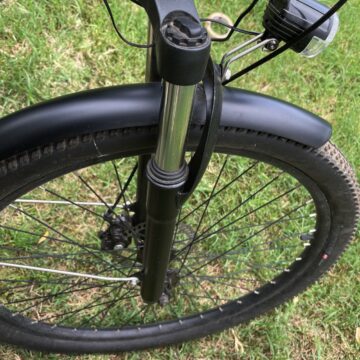 The forks again
The forks again
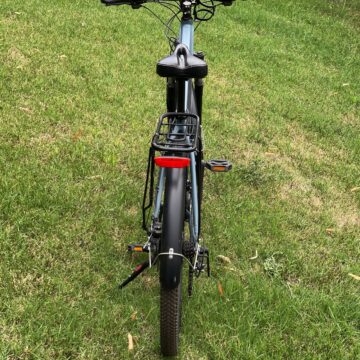 The stop on the back
The stop on the back
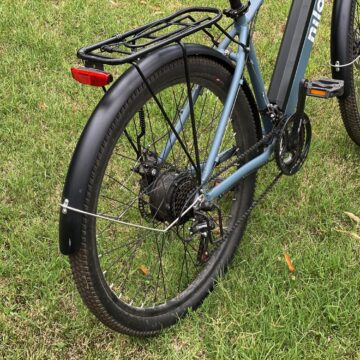 The rear wheel
The rear wheel
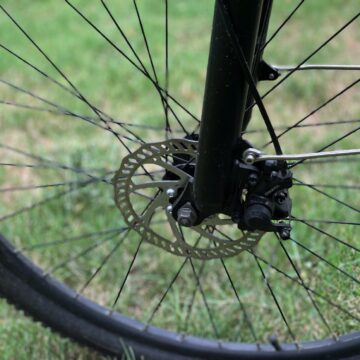 The fronts one
The fronts one
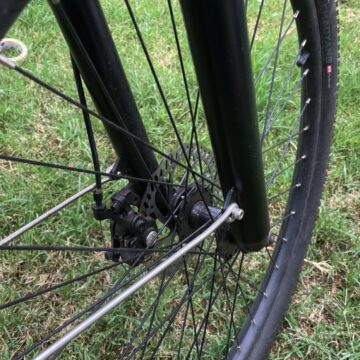 Other detail
Other detail
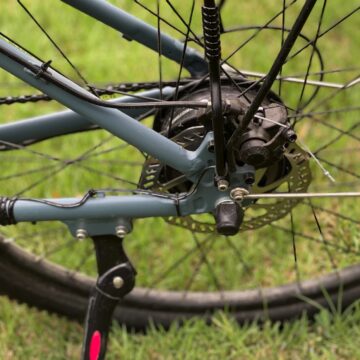 The posterior
The posterior
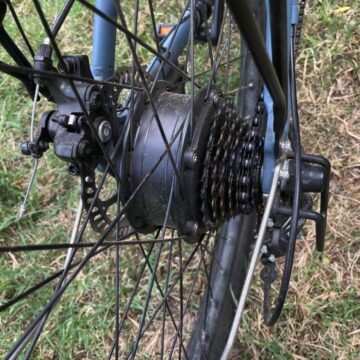 Engine and gearbox
Engine and gearbox
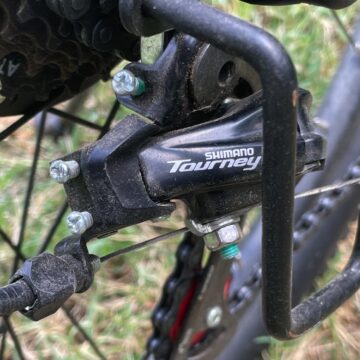 The gearbox
The gearbox
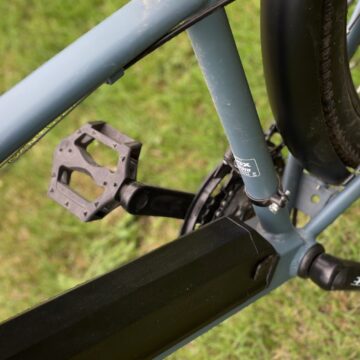 Pedals and battery (bottom)
Pedals and battery (bottom)
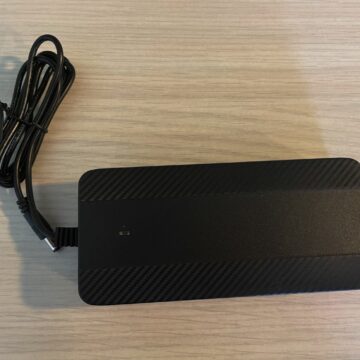 The charger
The charger
Equipment
The bike comes with a charger for the 36 V – 8 Ah LG Removable Lithium Battery, which allows up to 45 km of autonomy. The convenience is that the power cord is the classic Philips “8” and therefore you can attach it wherever you want. The removable battery can be brought into the home or office and goes from zero to 100% in about 4 hours, 4 and a half hours more than enough even for a long daily city commute. In the package, there are also plastic spirals that are used to unite the wires. Onboard we have the front headlight, the rear one that also functions as a stop when we act on the brake, a comfortable luggage rack and mudguards for use even on rainy days or on the non-dry ground.
The 36 V – 250 W High-Speed Brushless motor ensures good assistance which, as we will see later, must be “acquired” in one’s pedalling habits and which is effective almost immediately. The front and rear disc brakes are 160mm TEKTRO and the gearbox is a 21 Speed Shimano.
The mechanical bell on the left is very difficult to hear in the city.
The on-board computer positioned on the left allows you to access the distance data, turn on the lights and obviously activate the 5 assistance levels and Walk mode. The display is medium in size but readable in all light conditions. The buttons are a bit hard to operate but in our opinion, this is a guarantee of long life, no control problems even when wearing gloves.
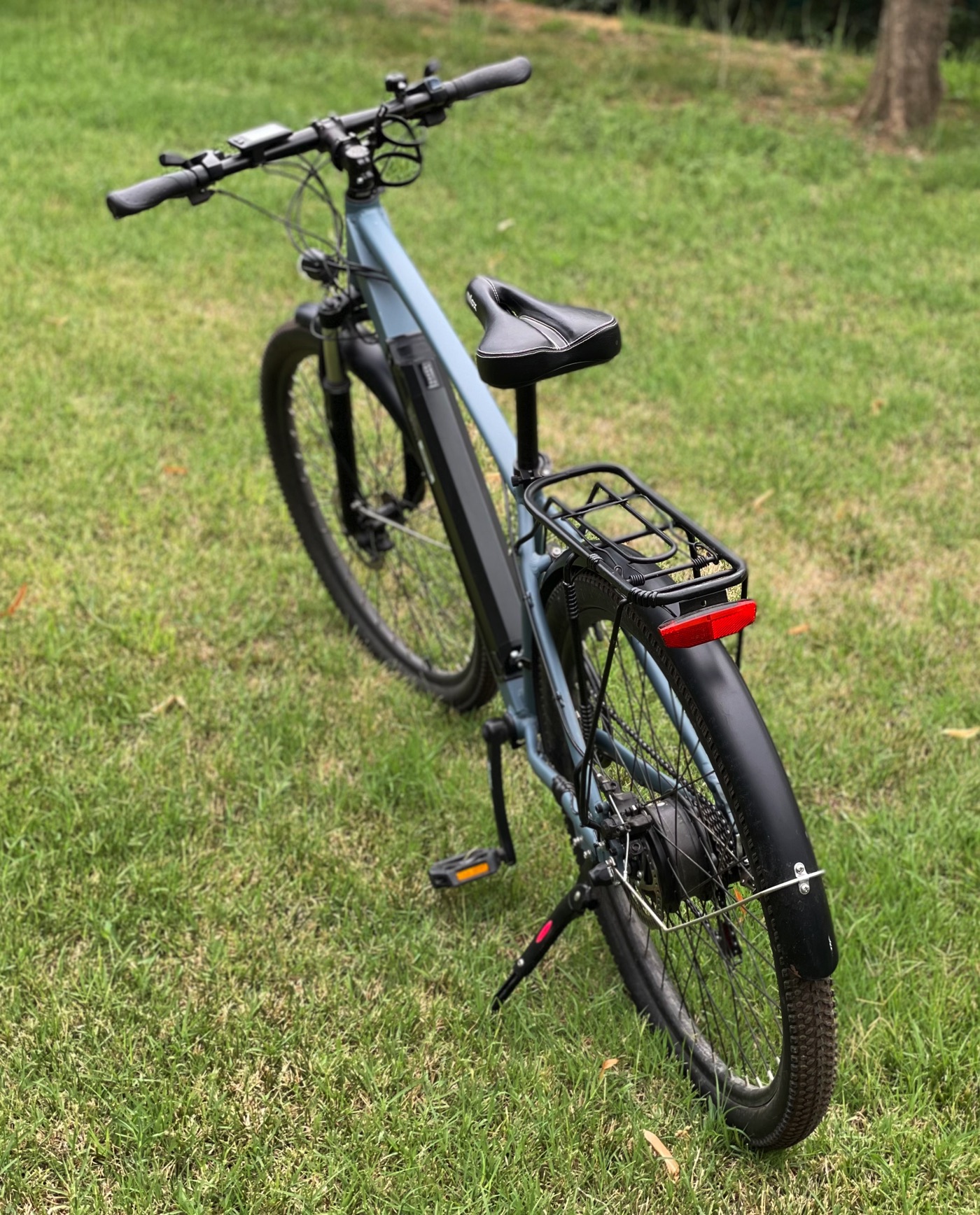
Setting and driving impressions
The bike is easily accessible in terms of height at least to those who are 1.65 and taller and the saddle on average comfortable even over long distances with a general setting that brings the body forward and a straight handlebar that has proved to be comfortable both on trips outside the city than in the more “urban” guide. With the bike, we have covered a maximum of 30 km sessions in the hills moving from the valley to the Tavullia and Sant’Angelo in the Lizzola area which includes both gradual climbs and high slopes on hairpin bends and we must say that thanks to the assistance of the motor uphill and the excellent downhill braking progression we had no problems reaching our goals without great effort. Obviously, you must take into account the autonomy for larger trips and use the electric assistance when really needed.
We must say in the very first days we had a bit of difficulty in “feeling” how and when it was the right time to get help from the assistance but a little KM on routes with mixed slopes were enough to understand having continuity between the pedaling and not assisted and integrated by the electric motor.
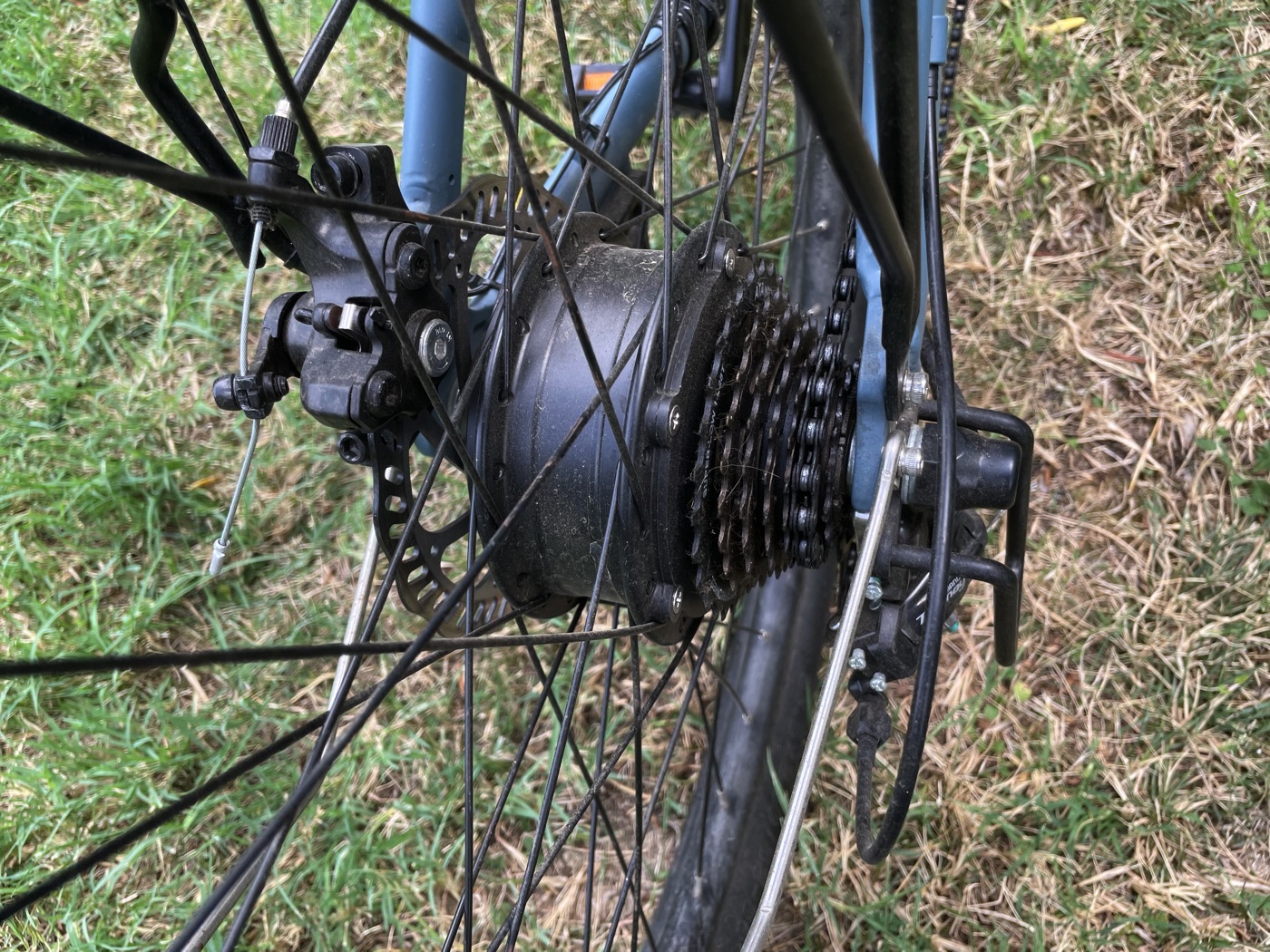
The shock absorbers have allowed us an excellent comfort both on the suburban roads dotted with holes (those near the industrial areas suffer from the passage of trucks and the one halfway up the hills between Marche and Romagna are interesting from boring microfranes) and on the dirt roads of the inter-estate roads of the campaign where the knobby tires and forks allow absorbing any anomaly in the terrain. Obviously no problem with the cycle paths.
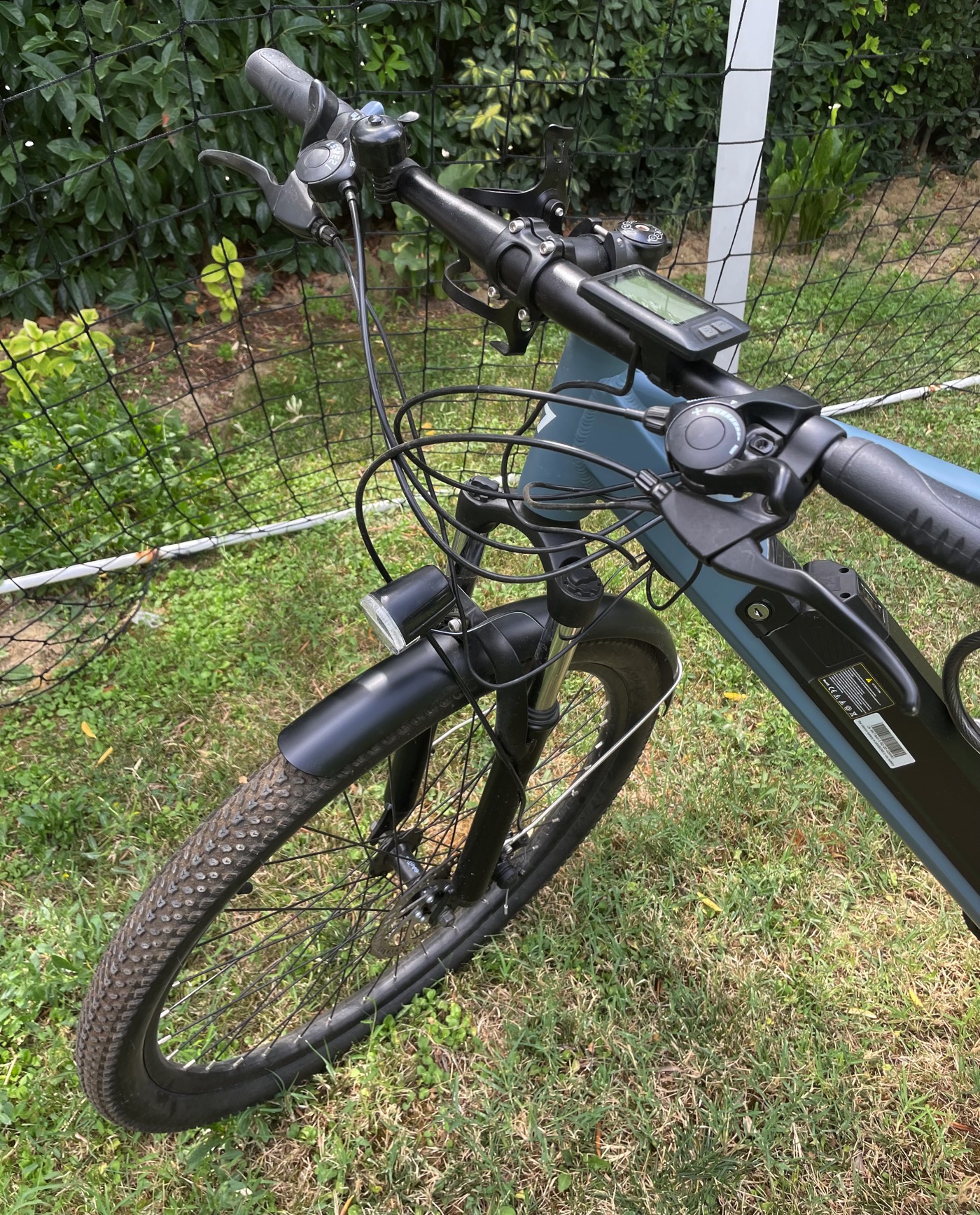
As for the gearbox, we must say that we mainly worked on the 7-speed rear derailleur which is defined by the positions on the right knob and have a release button to lower the ratio. More difficult to manage the rear derailleur because it does not have a precise position but is still useful in the most demanding climbs.
Our advice is to use medium-low assistance in the more linear and flat cycle paths: it will help us to increase autonomy and to maintain a comfortable pedalling with minimum effort. In the uphill stretches, you can take the assistance to the maximum with the pleasure of overtaking some “traditional” cyclists in lack of oxygen. The walk mode is convenient for overcoming small stretches where, due to the roughness of the terrain or the danger of the surrounding conditions, it is good to get off the saddle.
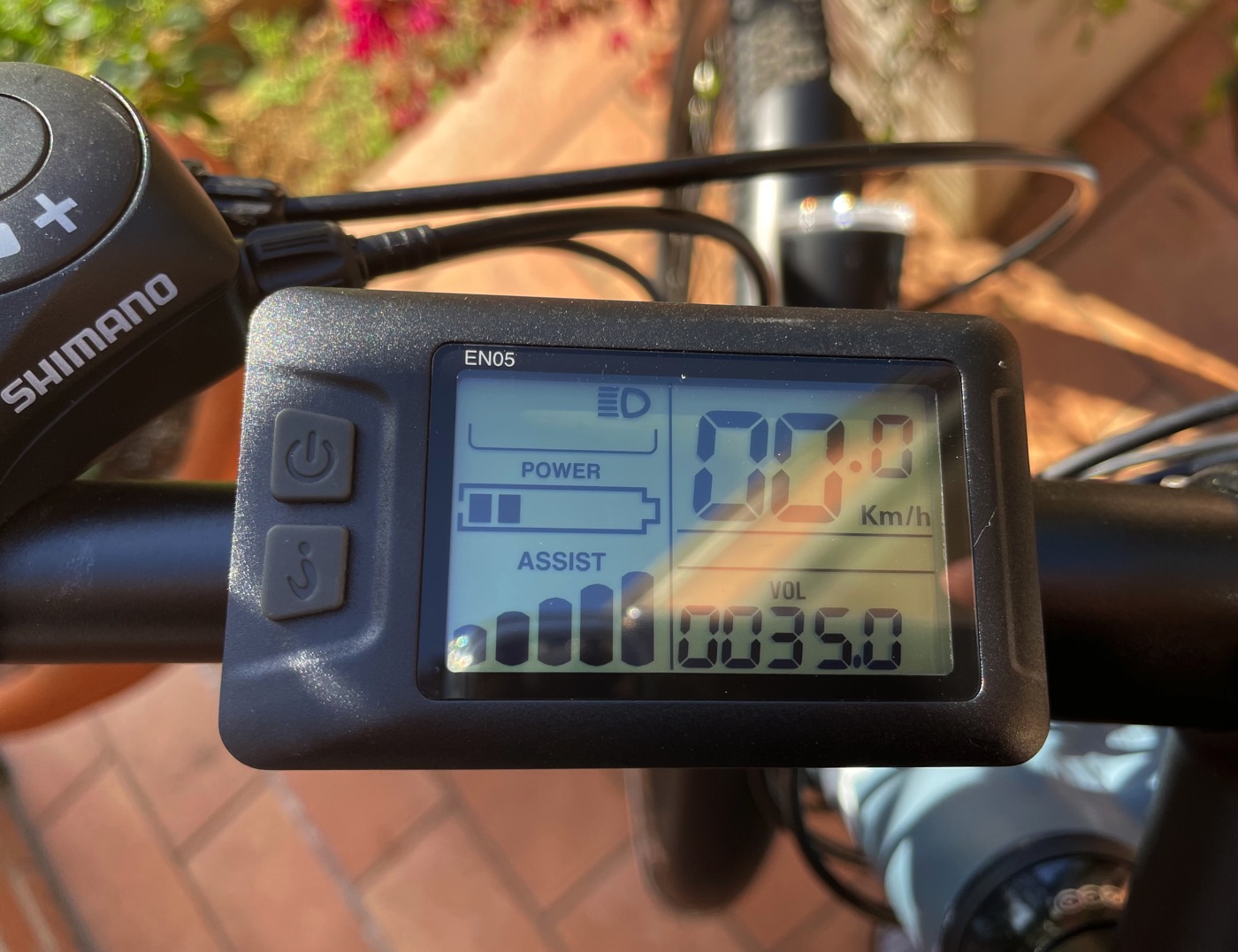
Conclusions
Nilox X7 is an excellent compromise for those who use the electric bike in the city and for fun. Light enough to be used even without the electrical part thanks to a good gearbox, it is not afraid to take you off the cycle paths on any type of road or country path. Obviously, it is not an MTB but it also gets along on slightly bumpy paths.
Battery life is sufficient for average use. If you want to spend the whole day as a cyclist on routes over 80 km, it is good that you dose well the electric assistance reserving it for the most demanding stretches. You can always stop halfway for a nice stop and take the battery in your backpack for recharging at some refreshment points.
On its side, the price is average for a city bike and affordable for a model to be used outside the city. A good balance between driveability, comfort, and autonomy.
Pro
Comfortable riding setting, removable battery, perfect fit for a city bike, great even without electric assistance
Versus
The average autonomy forces you to evaluate well stops and use of electric assistance in medium-high distance outings. The bell is a bit weak.
Retail price
Nilox X7 is on sale at 1099 Euro including VAT as a list price but it is not difficult to find it with a discount that in some cases reaches 15%. Right now it is sold for 915 Euros on Amazon.






